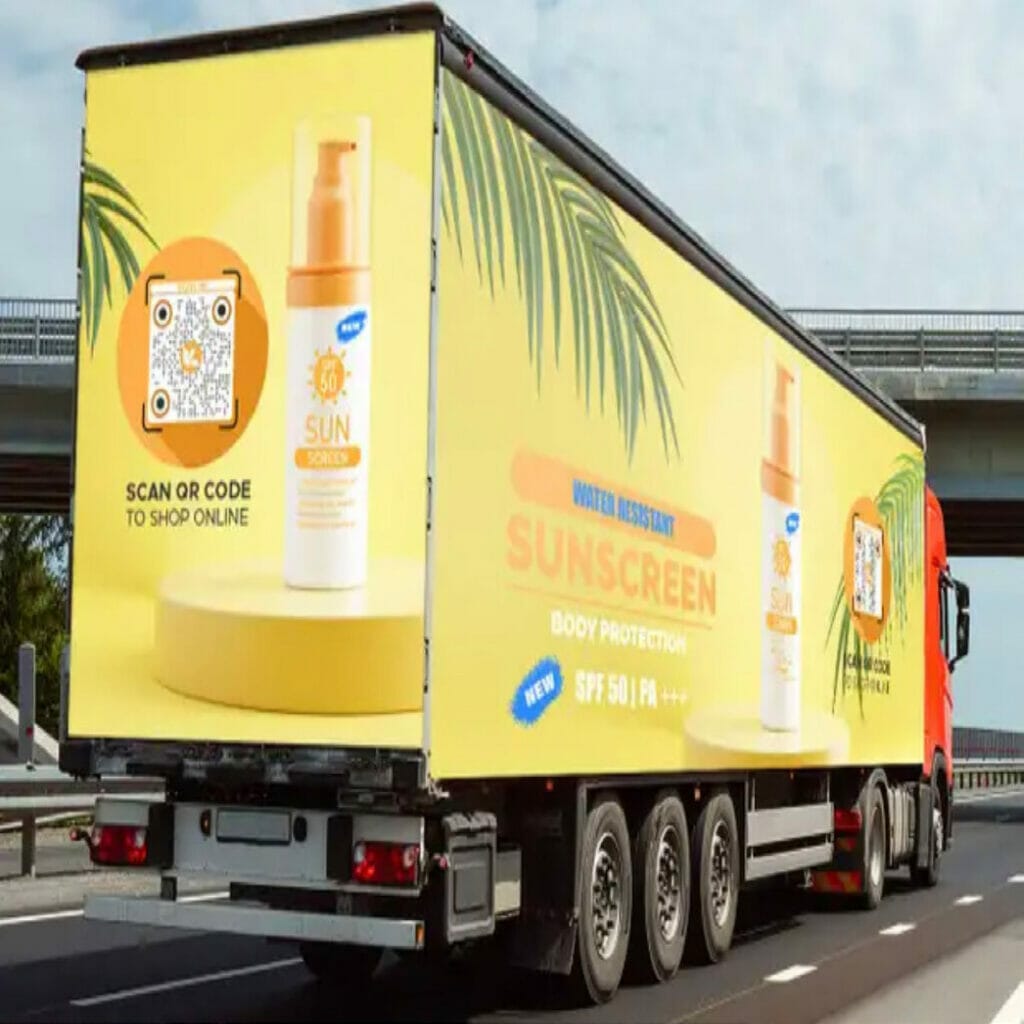
There is a trend towards more transparency in cosmetics, e.g. by sharing EXTRA ingredient list information not required by law, especially by Big Beauty companies. P&G Expands Transparency Commitment to include Fragrance ingredients across Product Portfolio. Unilever announces new ingredient transparency initiative for its home and beauty & personal care brands, and L’OREAL received the first transparency Grand Prix for its code of ethics.
IFSCC, the International Federation of Societies of Cosmetic Chemists, took up this topic and recently organized a debate-style Webinar on April 51. The question was: Does our industry need to be more transparent?
Crystal Porter, PhD from Mane insights, Inc. defended the YES position and Perry Romanowski, IFSCC Chair of Education, advocated in favor of the NO position. An initial vote among the 150 attendees showed 77% in favor and 22% against more transparency. After the presentations and the Q&A moderated by Valerie George of Simply Formulas, Inc. the initial result shifted towards 61% YES and 38% NO.
Let me briefly explain what happened. Both Crystal Porter and Perry Romanowski did an excellent job in presenting concisely their assigned position.
Crystal Porter argued that there needs to be more transparency because of bogus claims, inadequate testing and insufficient research, especially on safety. She backed up her argument with products from her area of expertise, hair care, and stressed that the formulation matters.
Crystal also talked about What We Can Do:
- Show your data
- Have a third party test the products
- Use Hair that is representative of the population
- Collaborate with other researchers
- Commit to doing more research
Perry Romanowski, on the other hand, agreed that sharing information can indeed help consumers, but sharing too much information can hurt consumers. He argued that most transparency efforts are dubious marketing. He also discussed how consumers define “transparency”. They expect information about products to be OPEN (59%), CLEAR (53%) and HONEST (49%), so they can make good buying decisions (according to a survey of sprourtsocial.com).
But what makes a good buying decision? All consumers want Products that are safe, effective and good value/affordable. Many consumers also want products that do not harm the environment, do not harm animals, are ethically produced and/or that help people. Such information can help consumers when making decisions.
Perry argues that industry is already transparent about product safety and efficacy. Before the FDA was formed, some products were dangerous. When the FDA was created the industry was transparent with the government. This resulted in fewer injuries and deaths from products. But there were still problems (e.g. allergic reactions) so … more transparency helped. Intro-ducing the list of ingredients and warning consumers about ingredients they should avoid resulted in fewer allergic reactions.
The European Union is introducing a fragrance allergen list. So more transparency helps even more people avoid problematic products.
However, besides these positive examples of “more transparency”, Perry also gave examples where Transparency is used for Fear Marketing and Misinformation, e.g. Free-From claims, unregulated third-party certifications, Cruelty-Free or Plastic-Recycling claims, calling them out as deceptive. Consumers cannot benefit from such claims. Overall, additional “transparency” is just for marketing.
In conclusion, Perry argued that we do not need more Transparency, but rather more INTEGRITY and TRUST. And guess what, he was able to swing quite few voters, from 77% for and 22% against to 61%–38% in favor of more transparency.
Before we discuss, what this means for sunscreens, I would like to propose a possible solution to the dilemma the cosmetic industry is facing, i.e. not having enough transparency or information versus information flooding. One solution could be the use of “quick-response code”, better known as QR code. QR codes were invented for the automotive industry to provide 100 times more information than bar codes. They were invented in the 1990ies and are now used “everywhere”, though not so much yet in cosmetics. On sunscreen bottles and packaging they could be the solution towards keeping communication “clean” while providing all required and voluntary/marketing information. The beauty of using QR codes is that the website they lead to can always be kept up to date.


(https://www.qrcode-tiger.com/how-to-use-qr-codes-on-vehicles-as-cars-for-advertisement)
(https://www.qrcodechimp.com/qr-codes-for-business-outstanding-use-cases/)
What can we learn for Sunscreens?
In principle the topic “Transparency” in sunscreens is straightforward, especially in the US, where sunscreens are regulated like drugs and all claims that can or must be made are defined, especially the SPF and broad-spectrum claims for efficacy.
In the rest of the world, Sunscreens are sufficiently transparent, the most important efficacy claims are standardized. As far as the safety of UV filters is concerned, there are positive lists. The EU regulation stipulates that UV filters must be safe before they can be marketed. The SCCS, the Scientific Committee on Consumer Safety, regularly reviews the safety assessment of UV filters and publishes new scientific opinions as needed. These recommendations are then taken up by the EU Commission and translated into legislation. A current example is the UV filter Homosalate, which will no longer be permitted for sunscreens in Europe from 2025 due to new safety assessments. Facial applications (max. concentration 7.34%) will be exempt because of lower exposure2.
So there is nothing wrong with sunscreens? In principle, yes, as far as transparency is concerned! All relevant information can be found and authorities, especially in the US and EU, are regulating and acting openly to further improve the situation. But of course there is always more that could or should be done, especially more quickly. David Steinberg recently wrote an article titled “Sunscreens and Pipe Dreams for their Regulations in the U.S.” in which he compares the U.S. and EU approaches and addresses the major difference, especially when it comes to innovation, i.e., new UV filters3. David advocates revising the US system to bring it closer to the EU approach, e.g. by regulating sunscreens also as cosmetics. The recent revision in cosmetics regulation almost looks like the FDA is preparing such a move. The Modernization of Cosmetics Regulation Act, MoCRA, dramatically expands the FDA’s authority over cosmetics4.
So, to conclude and answer the original question in the title: We don’t need more transparency in sunscreen. Ultimately, integrity and trust are most important in sunscreens as well. Too much unnecessary or even deceptive transparency can cloud the view and compromise integrity and trust. QR codes could help achieve this goal. Sunscreen communications could focus on relevant features, but no one could complain about not having access to “all” the information.
References
- IFSCC Webinar, https://ifscc.org/education/ifscc-webinars/5th April 2023
- EU Cosmetic Regulation, Annex VI update, https://ec.europa.eu/growth/tools-databases/cosing/pdf/COSING_Annex%20VI_v2.pdf
- Steinberg D, Sunscreens and Pipe Dreams for their Regulations in the U.S., Cosmetics and Toiletries, Vol. 137, No. 4 I April 2022. https://www.cosmeticsandtoiletries.com/magazine/article/22144412/cosmetics-toiletries-magazine-sunscreens-and-pipe-dreams-for-their-regulation-in-the-us
- Pippins R and Mengist D, Prepare for the Modernization of Cosmetics Regulation Act, MoCRA dramatically expands FDA’s authority with respect to cosmetics, including, among other things, allowing for mandatory recalls and record inspections. https://www.happi.com/issueUSs/2023-04-03/view_features/prepare-for-the-modernization-of-cosmetics-regulation-act/?widget=listSection

Uli Osterwalder
Uli Osterwalder studied Chemical Engineering at ETH Zurich, Switzerland and at the University of Houston in Houston, Texas. He joined Ciba-Geigy in Basel in 1979 where he first developed a Phosgene Generator in central process development. Later he developed his leadership skills in Project Management and Process Analytics. At Ciba Specialty Chemicals Uli Osterwalder helped establish new business development in Fabric Care and Personal Care. After the acquisition by BASF SE he became Senior Marketing Manager and Scientific Adviser in Sun Care in Ludwigshafen and Duesseldorf.
2016 he came back to Basel, working for DSM as senior Senior Scientific Adviser suncare for two years. 2018 he started his own company, Sun Protection Facilitator GmbH and is committed to contribute to further improvements in sun protection. Uli Osterwalder works for ISO on the development of new UV protection assessment methods and is now chairing the technical committee ISO TC/217 (Cosmetics). He is author and co-author of numerous scientific articles and book chapters on sun protection.



